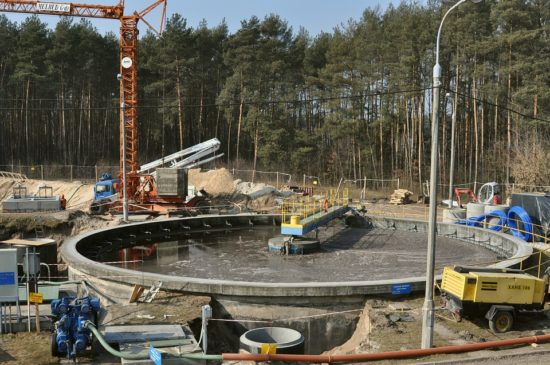Antibiotic-Resistant Bacteria in Greywater and Greywater-Irrigated Soils
This study represents the first systematic attempt to evaluate antibiotic-resistant bacteria (ARB) occurrence in treated greywater and the potential spread of these bacteria from the greywater to greywater-irrigated soil. Treated greywater from three recirculating vertical flow constructed wetlands, each located in a household in the central Negev Desert, Israel, was surveyed. The presence of antibiotic-resistant bacteria in raw and treated greywater was investigated with culture and molecular methods, as well as their presence in the corresponding treated-greywater-irrigated soils. Additionally, the effectiveness of chlorination to prevent the spread of ARB was tested. The total count of tetracycline-resistant bacteria significantly increased in the treated greywater, likely due to their concentration on the filter matrix of the treatment systems. Twenty-four strains of tetracycline-resistant bacteria were isolated and identified at the genus level by 16Sr RNA gene sequencing. All the tetracycline-resistant bacteria showed high resistance traits, and some of them presented multiple antibiotic resistances. Six tetracycline resistance genes (coding for efflux and ribosomal resistance mechanisms) and five β-lactamase genes were detected. In 14 of the isolated strains, the gene tet39, which is phylogenetically related to both environmental and clinical strains, was identified. All the tet39 resistant bacteria were positive to at least one of the β-lactamase genes tested. Chlorination was found to be an efficient method to reduce ARB in treated greywater. We concluded that disinfection of treated greywater may reduce the risks not only from the potential presence of pathogens but also from the presence of ARB and antibiotic resistance genes.
Source and further reading: Frontiers in Microbiology
Clean Environment


